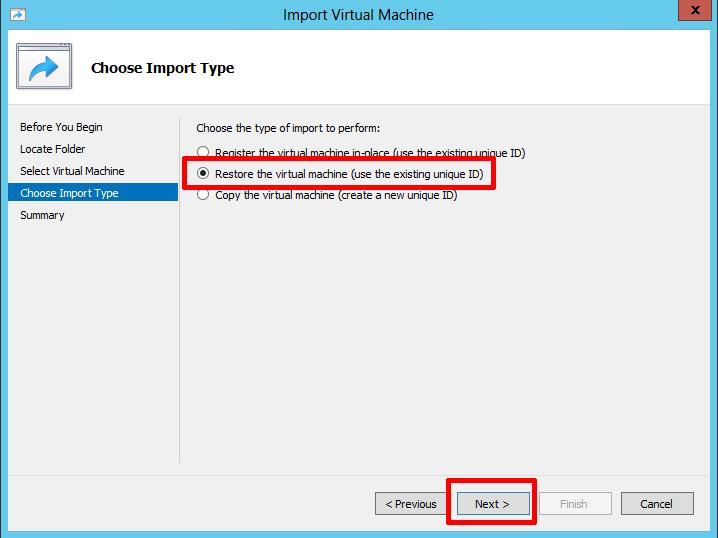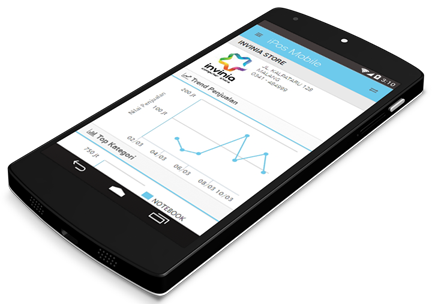

- #Migrate pdc to new server 2008 r2 to 2012 r2 how to#
- #Migrate pdc to new server 2008 r2 to 2012 r2 install#
- #Migrate pdc to new server 2008 r2 to 2012 r2 windows#
Login to the server using an account with the domain administrator privileges. When it is over, the server will require a reboot (the name of the new server will be changed to the DC hostname from the backup).īoot the server in the normal mode (disable the DSRM using msconfig). Then the process of AD domain controller recovery on a new server will start.

This may cause potential latency or outage issues. Note: This recovery option will cause replicated content on the local server to re-synchronize after recovery.
#Migrate pdc to new server 2008 r2 to 2012 r2 windows#
Click OK.Īgree to another warning as well: Windows Server Backup The system will show a warning that it is another server backup and if recovered on a different server it may not work. Select Original location and do check Perform an authoritative restore of Active Directory files. Select the date of the backup to be used for recovery. You can make sure that there are backups on your drive using this command: To make WSB see your backup on the disk, place the WindowsImageBackup directory with your backup to the root drive folder. To do it, run msconfig and select the option Safe Boot -> Active Directory repair in the Boot tab. In order to restore your Active Directory you must boot the server in the DSRM (Directory Services Restore Mode).
#Migrate pdc to new server 2008 r2 to 2012 r2 install#
Install the ADDS role (don’t configure it) and Windows Server Backup feature in the Windows Server you have just installed. To start the DC restore, you must install the same Windows Server version you had on a failed DC. You have a relatively recent System State of your domain controller, and you want to restore Active Directory on a brand new server using Authoritative Restore. On some reason a physical server it has been running on failed. Suppose, you have only one DC in your domain. Restore Active Directory Domain Controller from a System State Backup You can use this recovery method on remote sites when it is hard to quickly replicate a large AD database through a slow WAN channel or if you had some important data or apps on your server.

In this scenario, the ntds.dit database, GPO files and the contents of the SYSVOL folder will be automatically replicated to the new domain controller from the DCs that have stayed online. It is the easiest way that is not related to any irreversible AD changes. This scenario involves new server installation with its further promotion to a new ADDS domain controller on the same site. You can use this scenario if you have multiple domain controllers in your enterprise network, and all of them are operable.
#Migrate pdc to new server 2008 r2 to 2012 r2 how to#
How to Restore a Domain Controller Using Replication?ĭC recovery through standard AD replication is not quite a restoration of a DC from a backup.

It depends on whether you have other domain controllers in your network and the health of the Active Directory database on them. Before you start to restore your DC, you must understand which scenario to use. Suppose, your AD domain controller has failed, and you want to restore it from a backup copy.


 0 kommentar(er)
0 kommentar(er)
